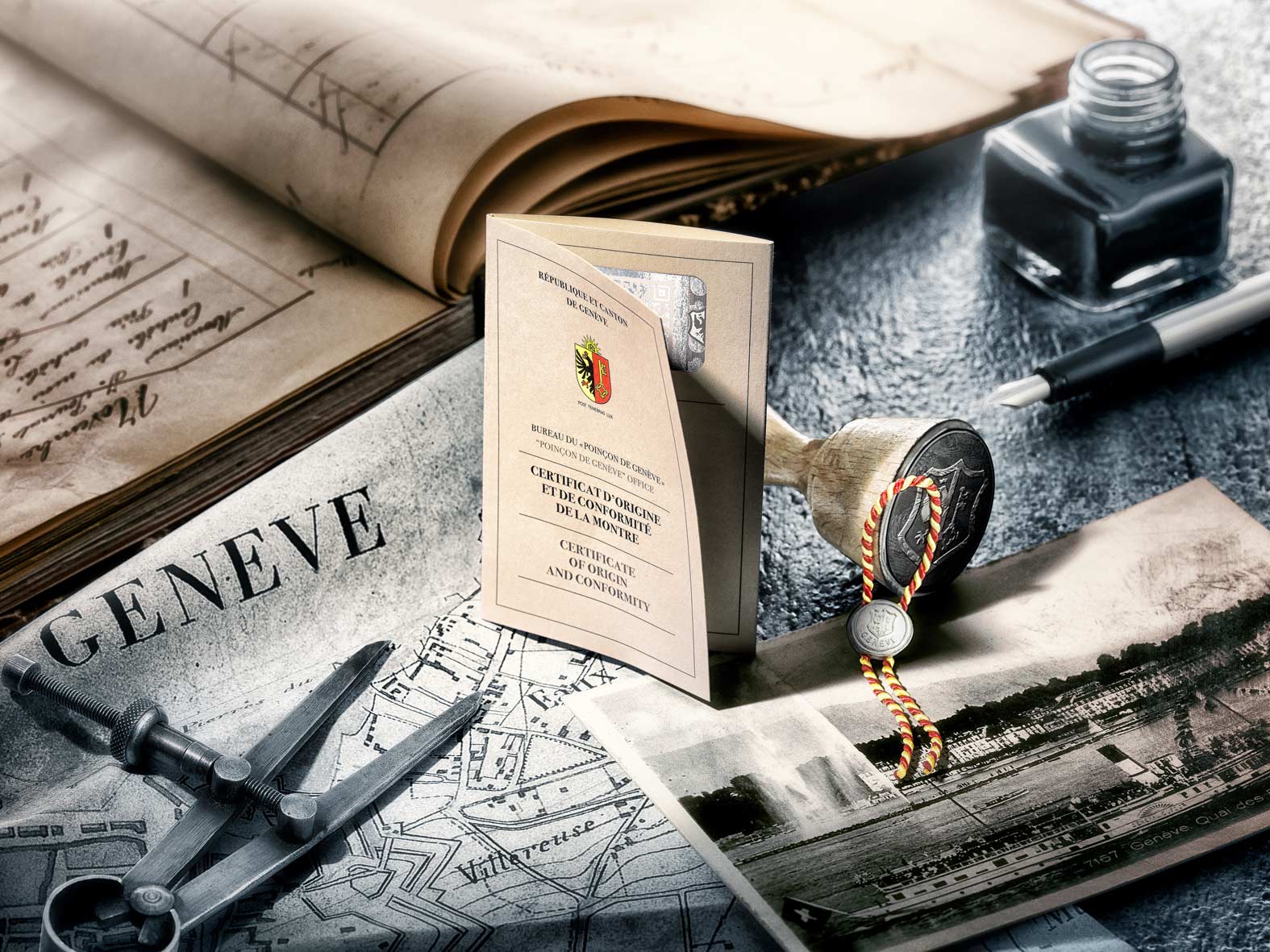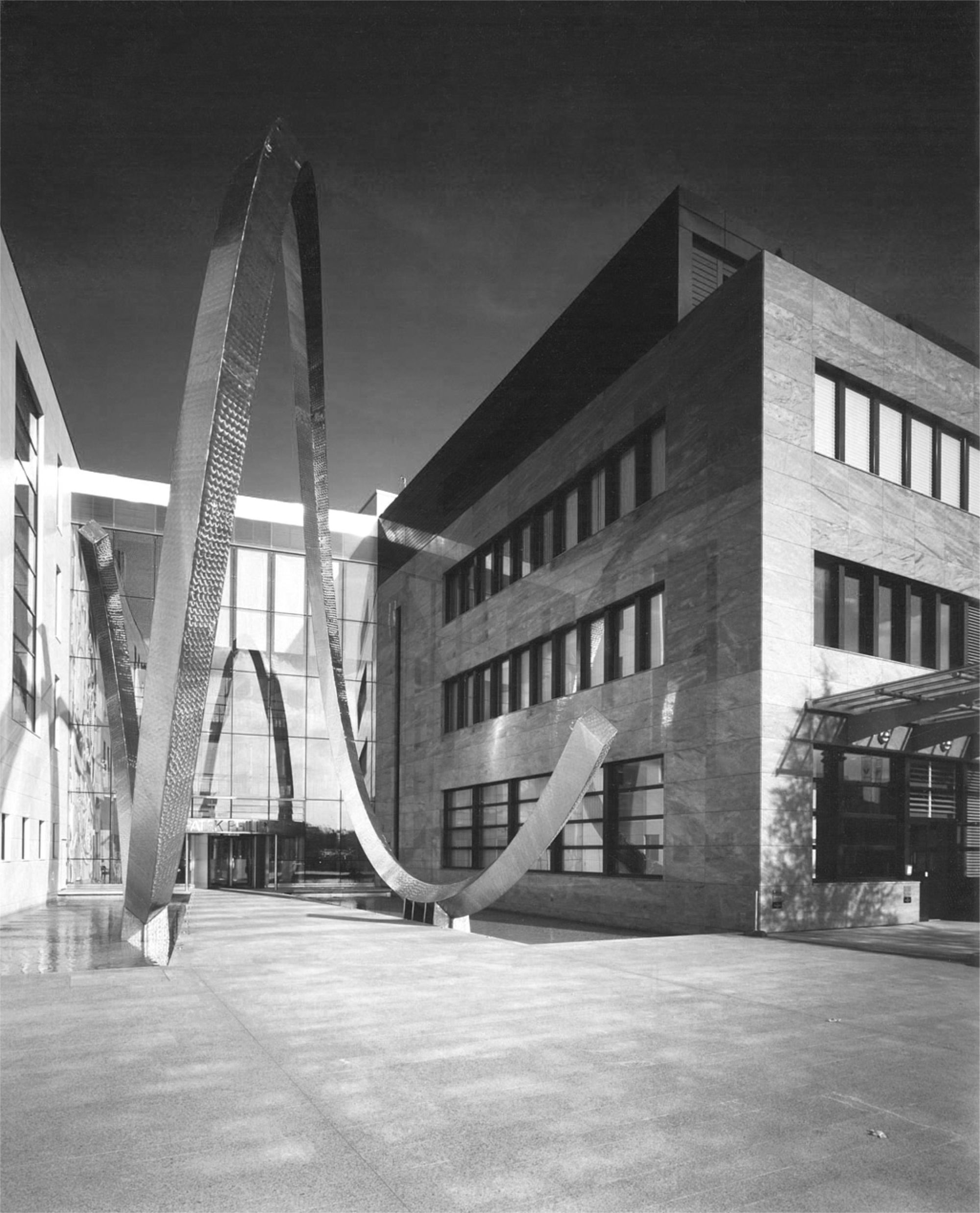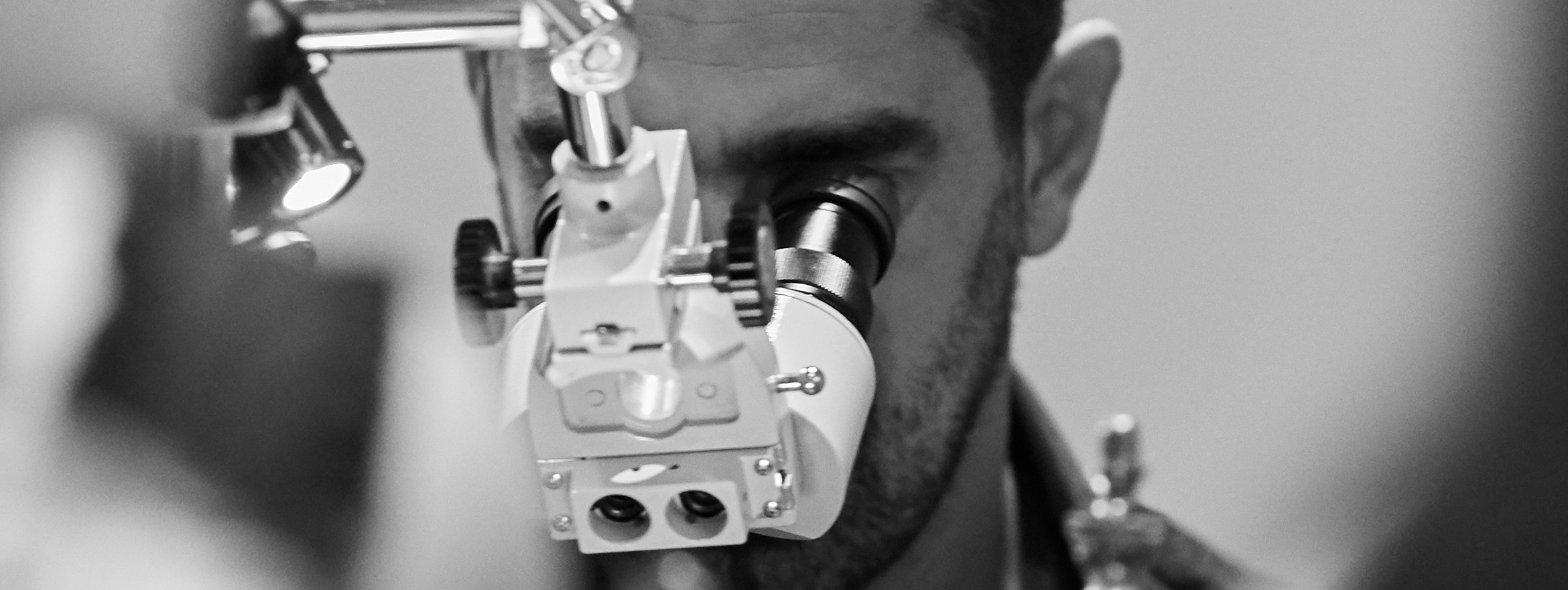Cultural Perspectives • 10 Oct 2019
The Patek Philippe Seal
A watch which receives the Geneva Seal is a watch manufactured in the Canton of Geneva that is of notably exceptional quality. For decades, the seal acknowledged the best watchmaking from the part of the world which is home some of the best watchmakers. Except in 2009, Patek Philippe – the company which championed the Geneva Seal and was instrumental to its reputation– parted ways with the historic standard of excellence and created their own.

The Geneva Seal
Established in 1886, the birth of the Poinçon de Genève was equally the product of local political figures seeking to promote Genevan industry as it was the canton’s watchmakers wishing to safeguard Genevan traditions and crafts. An office on the grounds of the Watchmaking School of Geneva was set up so that manufacturers could voluntarily submit their movements for inspection. To achieve the stamp of the Geneva Seal, a movement had to pass various tests which assessed both the finishing and the quality of the materials.

For years, these tests were perceived as the most prestigious in the industry. However, the voluntary nature of the tests meant that few movements were actually submitted for inspection and even fewer companies were affiliated with the institution. From 1925 onwards, Patek Philippe was almost the sole client for inspections – it is quite reasonable to suggest that they individually carried and preserved the prestige of the seal. Perhaps it is important to note that Patek Philippe utilised their virtually monogamist relationship with the Geneva Seal as an excellent marketing tactic which they used to distinguish themselves from their competition.

The popularity of the Geneva Seal witnessed a revitalisation when Vacheron Constantin came back on board in the latter half of the century, and around the turn of the century the seal became widely employed by many companies within the Richemont Group particularly. Yet by 2009 Patek Philippe decided that they had in fact exceeded the standards and the scope of the certification. Establishing their own seal seemed the only logical conclusion for a manufacture so highly esteemed in the industry and so masterful in their craft.

The PP Emblem
Patek Philippe is a thoroughly sophisticated, vertically integrated manufacture who produces almost all of its components within its own walls. It is a technically rigorous, aesthetically exquisite and historically influential company who is duly one of the most important and revered players in the contemporary watch industry. In other words if anyone possessed enough credibility to establish their own certification of watchmaking excellence, it would be them. Flip over most Patek Philippe watches from the last few years and you will see the small ‘PP’ emblem stamped subtly yet proudly on the back of the movement.

The motivations behind creating their own seal are many and varied, but above all else there was a fundamental gap in the Geneva Seal’s assessment criteria over which Patek Philippe lamented: mechanical performance was only an optional test. In a watchmaking culture where mechanical precision is an artisanal pursuit, this was simply not good enough. As company President Stern insisted:
“The new Patek Philippe Seal dramatically transcends the original hallmark’s notion of quality and perfection. First of all, it applies to the completely assembled mechanical watch as delivered to its owner; moreover it covers both functional and aesthetic aspects.”
In comparison to the Geneva Seal, the Patek Philippe Seal employed a more comprehensive assessment of the watch as a wholistic exercise in timekeeping and in design – movement, dial, lugs and all.

Even the cantonal limitation of the Geneva Seal was too much of an archaic restriction for Patek Philippe. Take, for example, the Henry Graves Supercomplication. Commissioned 1925 and delivered in 1933, it is now as it was then one of the finest examples of watchmaking in history – with an asking price to match. Yet the most extraordinary undertaking of making the most complicated watch in the world required expertise that in fact extended beyond the canton of Geneva to the artisans of the Vallée de Joux and La Chaux-de-Fonds. Ironically therefore, the most elaborate and expensive watch ever sold was produced by the finest Genevan house of watchmaking, yet would not qualify for the stamp of Geneva Seal. A peerless example perhaps, but one that nonetheless illustrates some of the shortcomings of its criteria.

Ultimately the Patek Philippe Seal explicitly sets out the standards for what makes a Patek Philippe timepiece so extraordinary. There is no ambiguity or puffery, it is a transparent and tangible commitment to quality. It seems to be that the company had to break with tradition to push the art of watchmaking from inside the glassy façade of their Plan-des-Ouates manufacture. The Patek Philippe Seal has in recent years consistently pushed the Geneva Seal to review and raise its standards – as watchmaking history has demonstrated, a little bit of competition by the shores of lake Geneva is only ever a good thing.












